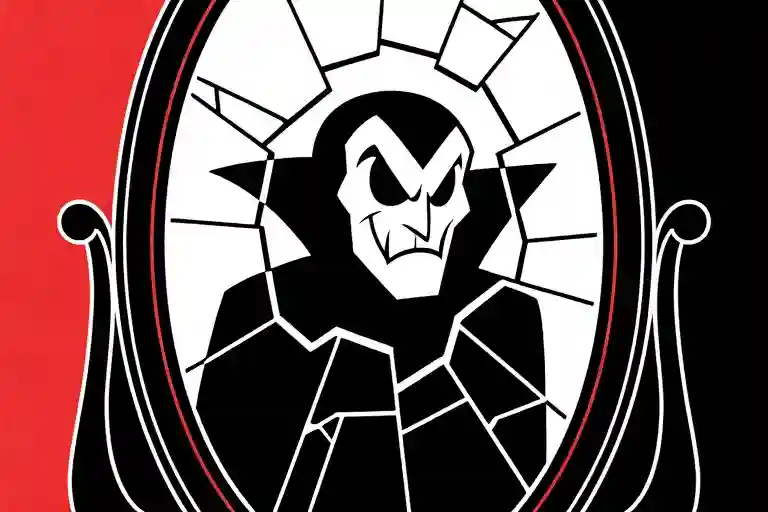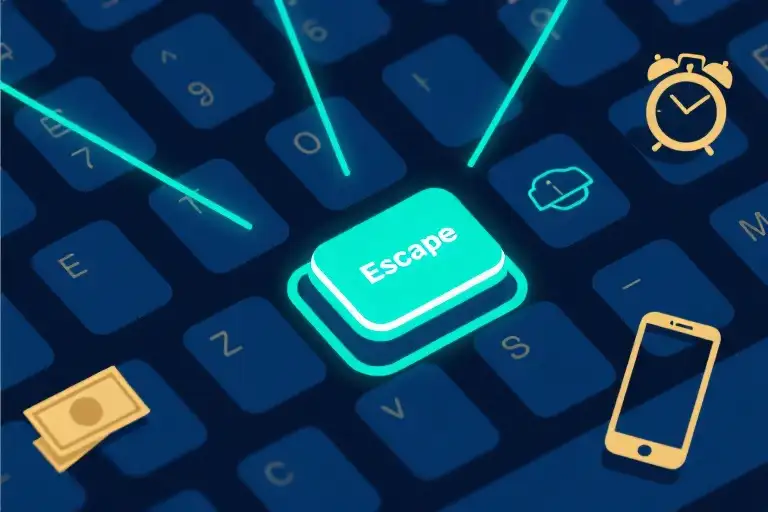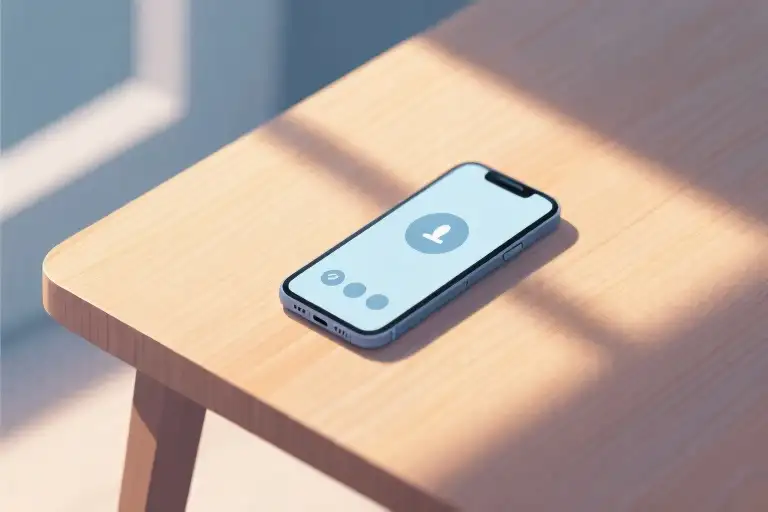Ohhh!!! So, you clicked on this article thinking, “Pfft, this is for my ex/friend/mom’s neighbor’s cousin.” But deep down, something in you whispered… what if?
Well, congrats. If you’re reading this with a mix of fear and morbid curiosity (don’t lie, I saw you lean closer to the screen), chances are you’ve been starring in someone else’s story as the unlikable character. And not even the cool, complex villain with a tragic backstory – we’re talking about that obnoxious side character everyone hopes gets written off by season two.
Here’s the uncomfortable truth: toxic traits aren’t always dramatic movie villain stuff. They’re the subtle ways we center ourselves in every narrative, the passive-aggressive apologies we weaponize, and that icky feeling you’re ignoring right now as you mentally prepare arguments about why this doesn’t apply to you. (Spoiler: That defensiveness? Classic villain behavior.)
But before you rage-close this tab – breathe. This isn’t about shaming you. Think of it like finding spinach in your teeth before your big date. Painful in the moment? Sure. Helpful long-term? Absolutely. We’re doing emotional hygiene here, and yes, it might sting like antiseptic on a paper cut.
Let’s make a deal: I’ll serve the truth with a side of humor (because laughing at ourselves is step one to not being insufferable), and you keep reading past the parts that make you squirm. Deal? Great. Now let’s diagnose those toxic traits before someone starts writing Yelp reviews about your personality.
Why this matters now
In a world where “main character energy” became a glorified term for selfishness and “setting boundaries” often gets confused with being inconsiderate, we’ve all absorbed some questionable relationship habits. The first step to fixing them? Recognizing when we’re the problem – not with self-flagellation, but with the same energy you’d use to point out your friend’s bad texting habits. (Which, let’s be real, you’ve definitely done.)
What you’ll gain
By the end of this uncomfortable-but-necessary journey, you’ll:
- Spot your own villainous behaviors before they ruin another group chat
- Learn to apologize in ways that don’t secretly blame the other person
- Discover why people might be slowly distancing themselves from you (it’s not their “drama”)
- Upgrade from being tolerated to being genuinely liked – and not just when people need favors
So take a deep breath, maybe grab some water (villains are always dehydrated), and let’s do this. Your future, less-annoying self will thank you.
The Villain Behavior Checklist
1.1 Main Character Syndrome (Self-Centeredness)
Symptoms:
- Believing others’ lives should revolve around you
- Feeling personally offended when friends have plans without you
- Treating people’s problems as interruptions to “your story”
Toxicity Rating: 🍵 Tea-spilling Level 4/5
(Bonus points if you’ve ever said “But what about ME?” during someone’s crisis)
Why This Sucks:
This isn’t just annoying – it’s emotional daylight robbery. You’re essentially demanding everyone pay ‘attention taxes’ to fund your ego economy. Newsflash: Real life doesn’t have post-credit scenes where people discuss your greatness.
Quick Fix:
Try the 24-hour “I” ban: For one day, communicate without starting sentences with “I,” “me,” or “my.” When you realize how often you violate this, you’ll understand why people sigh when they see your caller ID.
1.2 The Garbage Apologist
Symptoms:
Classic toxic apology bingo includes:
- “I’m sorry you feel that way” (Translation: Your emotions inconvenience me)
- “I was wrong BUT…” (The verbal equivalent of handing someone a rose with a hidden middle finger)
- “Fine, I won’t do it again” [Proceeds to do it within 24 hours]
Toxicity Rating: 💩 Flush-worthy Level 5/5
Why This Sucks:
These aren’t apologies – they’re blame-laundering schemes. Research shows invalidating apologies (cough Harvard Business Review cough) actually damage relationships more than no apology at all. You’re not smoothing things over; you’re just teaching people to expect disappointment from you.
Quick Fix:
Next time, literally delete everything after “I’m sorry” or “I was wrong.” Yes, even that witty justification you’re mentally drafting right now. Try: “I messed up. How can I make this right?” (Pro tip: This works 400% better if you actually follow through.)
Reality Check:
If you’re mentally arguing with these examples (“But MY situation is different!”), congratulations – you’ve just demonstrated another toxic trait. The first step to not being the villain? Stopping the internal soundtrack where you’re always the misunderstood hero.
Healthy vs Toxic Behavior: A Side-by-Side Reality Check
Let’s play a game. Below are two columns – one labeled Healthy Human, the other Secret Villain. Read both, then check which side sounds more… familiar. (No judgment. Okay, maybe a little.)
1. The Apocalypse of Apologies
| 🦸 Healthy Human | 🦹 Secret Villain |
|---|---|
| “I hurt you, and that wasn’t okay” (Takes ownership) | “You’re too sensitive” (Shifts blame) |
| “How can I make this right?” (Seeks repair) | “I said sorry, what more do you want?!” (Performs apology theater) |
| Body language: Eye contact, open posture | Body language: Eye-roll ready, arms crossed (Emotional Kevlar™ activated) |
Toxic Trait Alert: The garbage apology (aka verbal middle finger) often contains:
- “But…” (The villain’s favorite conjunction)
- Past-tense sorries (“I did say I was sorry”)
- Conditional remorse (“I’ll apologize if you…”)
🔍 Spot the difference: Healthy apologies name specific actions; toxic ones weaponize grammar to avoid accountability.
2. The Listening Olympics (Where Villains Always DQ)
| 🦸 Healthy Human | 🦹 Secret Villain |
|---|---|
| “Tell me more” (Creates safety) | “Are you done yet?” (Starts mental grocery list) |
| “You seem upset” (Notices emotions) | “Why are you so emotional?” (Judges emotions) |
| Inner monologue: “This matters to them” | Inner monologue: “When does this become about me?” |
Psychology Lite: This is main character syndrome in action – other people’s stories are just commercial breaks in Your Show.
🏆 Gold Medal Move: Next conversation, try mirroring:
- Let them finish (No, really.)
- Paraphrase (“So you felt _ when _“)
- Then respond (This is where villains usually cheat)
3. Conflict Resolution: Battle Royale
| 🦸 Healthy Human | 🦹 Secret Villain |
|---|---|
| “Let’s find a solution” (Team mindset) | “I’m just being honest!” (Human flamethrower) |
| “I need time to process” (Regulates emotions) | “You ALWAYS/NEWER __!” (Fact-free generalizations) |
| Weapon of choice: Vulnerability | Weapon of choice: Old texts used as courtroom evidence |
🚨 Red Flag Dictionary:
- “Honesty” = Brutality without purpose
- “Drama” = Anyone calling out your behavior
- “Joking!” = Emotional hit-and-run
🧠 Fun brain hack: Replace “You” statements with “I” statements. Instead of “You made me ,” try “I felt when __.” (Pro tip: This works 100% better and requires zero superpowers.)
Why This Matters
Recognizing these toxic traits isn’t about self-flagellation – it’s about upgrading your relationships. The healthiest people aren’t perfect; they’re just better at catching their inner villain before it wrecks the scene.
🔮 Final Challenge: For one day, consciously pick the left column behaviors. Notice:
- How others react differently
- That weird feeling (It’s called emotional growth. Congrats, you’re evolving!)
P.S. If you related more to the right column… welcome to the villain support group. First step: Stop gaslighting yourself that this wasn’t about you.
Villain Survival Guide
Congratulations on making it this far without rage-quitting! Now that we’ve identified those sneaky toxic traits (see? We’re using psychological terms to sound fancy), let’s talk damage control. This isn’t about becoming a saint—just upgrading from “cartoon villain” to “complex antihero” territory.
1. Script Rewrites: Toxic Phrases Edition
Your words have been weaponized long enough. Here’s how to defuse them:
| What You Normally Say | What Actually Comes Across | Villain-Free Alternative |
|---|---|---|
| “You’re overreacting” | “Your feelings are invalid” | “I didn’t realize this hurt you” (See? No casualties) |
| “I was just joking!” | “I enjoy your discomfort” | “That came out wrong. My bad.” (Pro tip: Actually stop joking like this) |
| “Everyone agrees with me” | “I invent imaginary allies” | “This is my perspective” (Shocking concept: Others can think differently) |
Key Insight: Notice how the alternatives focus on your actions rather than policing others’ reactions? That’s the golden rule of not being the toxic one in relationships.
2. Daily Villain Detox Challenge
Let’s keep it simple with a 3-day starter kit:
- Day 1: Track how often you say “but” after apologies (Spoiler: You’ll hate the tally)
- Day 2: Compliment someone without referencing yourself (“Your presentation rocked!” not “Your presentation rocked… unlike mine last week”)
- Day 3: When frustrated, ask “Could I be part of this problem?” before blaming others (Yes, this causes brief existential crises)
Progression Tip: Survived three days? Upgrade to our Advanced Rehabilitation:
- Send one unsolicited supportive text (No, “You should thank me for this” doesn’t count)
- Let someone disagree with you without “correcting” them (Physical symptoms may include sweating)
Remember: Small wins matter. That time you didn’t turn a friend’s bad day into your monologue? Growth. When you apologized without the word “however”? Character development.
Final Reality Check: If you’re thinking “But what if people take advantage of my niceness now?”—that’s your inner villain panicking. Healthy boundaries aren’t toxic; assuming everyone’s out to get you is. Now go forth and be… slightly less problematic.
The Final Confrontation: Mirror Edition
So… how many of these villainous traits did you recognize in yourself? Be honest now – we both know you kept scrolling because at least three of them hit uncomfortably close to home. (Don’t worry, my own “toxic apology” scorecard wasn’t pretty either.)
Your Villain Scorecard
Let’s break down what we’ve uncovered:
- Main Character Syndrome 🌟
- Thought everyone’s life should revolve around you? Check.
- Got secretly annoyed when friends had other priorities? Double check.
- Bonus points if you ever said “But what about ME?” during someone else’s crisis.
- The Non-Apology Olympics 🏆
- “I’m sorry you feel that way” is your gold medal performance
- Regularly use “but” as an emotional eraser? Textbook villain behavior
- Ever followed an apology with immediate repetition of the offense? That’s the villain trifecta
- The Blame-Shift Special 🎭
- Mastered making your mistakes sound like others’ overreactions
- Can spin any criticism into “you’re too sensitive” in 0.5 seconds
- Personal record: Made someone apologize TO YOU for calling out your bad behavior
Your Redemption Arc Starts Now
Here’s your starter pack for leaving villainy behind:
- Daily Challenge: Catch yourself mid-main-character moment and ask “How does this affect others?”
- Apology Detox: Try a clean “I was wrong” without justifications (yes, it will feel like withdrawal)
- Accountability Workout: When defensive thoughts arise, pause and consider “Could there be truth in this criticism?”
The Mirror Test
Stand up. Walk to your nearest mirror. Look your reflection dead in the eye and say:
“Hello villain. Today we start becoming someone else’s hero instead.”
(If you laughed nervously while doing this – congratulations, your self-awareness is already kicking in.)
Final Question: Which villainous trait are you committing to work on first? (Comment below before your ego can talk you out of it.)





